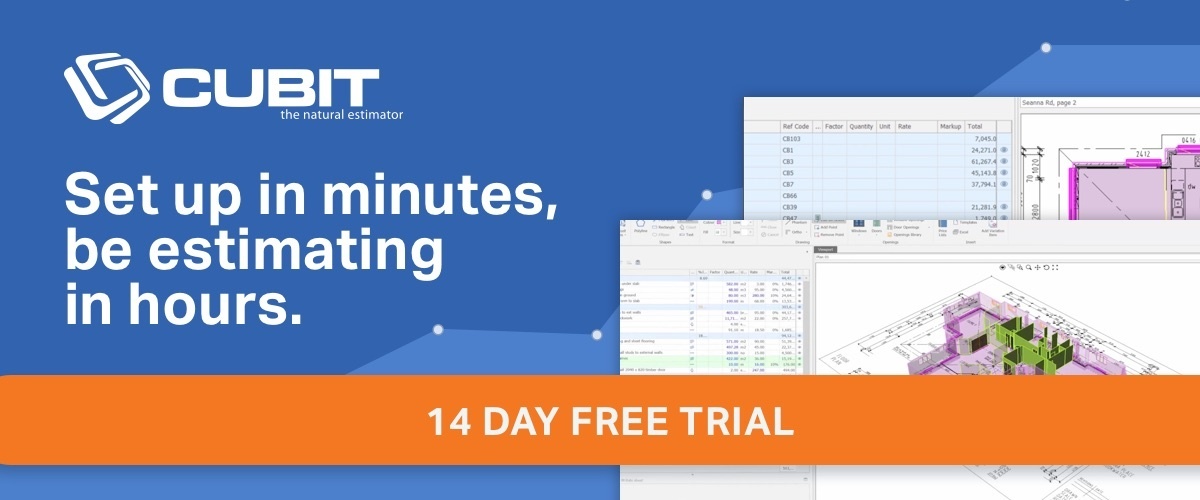What you’ve heard about metal 3D printing isn’t hype. The process can create new designs from sustainable materials, which are cheaper, stronger, lighter and faster to produce than traditional construction methods. From steel bridges to aeroplane wings, metal 3D printing has the capacity to change the course of the construction industry.
Below we explore the technology and its benefits, noting how this will impact the construction industry in the future.
What is Metal 3D Printing?
Metal 3D printing (sometimes referred to as Direct Metal Laser Sintering) was pioneered by the Electrolux Rapid Development firm of Sweden and EOS of Munich, Germany.
It works in a similar way to other 3D printing methods. A design is created using special software and this is sent to the printer. A special fibre laser then draws the shape defined in the model by melting and welding metal together in layers. As more layers are made, a 3D object emerges.

What are the Benefits of Metal 3D Printing?
There are six main benefits to metal 3D printing over traditional construction. They are outlined below.
- Lighter – Weight matters. Because the metals are created from particular alloys, as opposed to normal steel, they can be made significantly lighter. And this can be done without compromising the strength of the structure. And this isn’t just for buildings. One example is an aeroplane wing bracket which was designed using 3D printing. It weighed 83% less than the part it replaced and increased fuel efficiency by 15% (saving over $1 million per year).
- Complex designs in difficult locations – Some sites don’t make building easy. The Dutch startup MX3D found this when they created the world’s first functional 3D printed steel bridge. The site is on one of Amsterdam’s many canals, specifically in the City’s renowned Red Light District. The team created a highly complex and sustainable design using different metals, plastics and resins. Due to immense tourist traffic, much of the build was completed with a 3D printer on a shipping dock, and the bridge was later transferred to site. This flexibility would not have been possible with traditional methods and it played a major role in the success of the build.
- More environmentally-friendly – The printers only make what’s needed for the build. This means there’s virtually no waste. This will save you money. Further, there’s a big emphasis on sustainable materials in the industry. There’s already a huge range of sustainable options available, but this aspect will only get better when the technology matures.
- Stronger – Durability is vital for long-lasting and safe structures, especially for more complex builds. For example, the Kurilpa Bridge that crosses the Brisbane River is 470 metres long and 120 metres wide. In preliminary studies, Arup, the company in charge of the project, found that they could manufacture a new type of steel through 3D printing. It turned out to be smaller, lighter and four times stronger.
- Cheaper – Most 3D printing buildings are significantly cheaper to produce than traditional constructions. And this cost will continue to diminish in the future. Further, since nearly all the work has been done by the printer, you need to hire builders for less time, significantly reducing labour costs.
- Easier to assemble – Many buildings can be completely constructed by the printers. Some designs will need some minor assembling from builders, but this is significantly easier than usual builds. This is because these constructions have fewer parts, meaning that they can be assembled faster and with less trouble.
Metal 3D printing is making waves here in Australia and overseas. It provides a stronger, lighter, cheaper and more environmentally-friendly alternative to many traditional construction methods, so it’s only a matter of time before the technology makes an appearance on your next site.


